- Have any questions?
- 080 2558 0771
- 080 2558 0772
- mail@beleastmail.com
Day 1: Hanoi
Although it is the modern-day capital of Vietnam, Hanoi still retains the mystery and charm of past centuries. Spend the day exploring the sights of Hanoi. Visit the Temple of Literature, a peaceful series of walled courtyards and graceful gateways, and one of the best serving examples of traditional Vietnamese architecture. Founded in 1070 and dedicated to Confucius, this was also the site of Vietnam’s first university.
Continue to the miniature One Pillar Pagoda. Also dating from the 11th century, this monument was rebuilt after being destroyed by the French in 1954. Walk through the park to Ho Chi Minh’s Stilt House, the simple two-room dwelling where Ho Chi Minh lived from 1958 until his final days (1969). Preserved in the same condition as during his life, it may be viewed through the windows.
The narrow lanes and traditional shops houses in the Old Quarter are easily explored by foot. Here you can buy anything and everything: traditional Chinese medicine, silk pajamas, tombstones and local crafts.
Overnight in Hanoi.
Day 2: Hanoi – Halong
Transfer by vehicle from Hanoi to Halong stopping along the way at the Phat Tich pagoda, built between the 7th and 10th centuries. The pagoda has over one hundred compartments and offers a peaceful and tranquil atmosphere for visitors and pilgrims. Also visit the Do Temple, built during the Le Dynasty and famous for its beautiful architecture.
Overnight in Halong
Day 3: Halong – Hanoi
Board a charming traditional wooden junk and spend the day cruising around the mystical landscape of Halong Bay, a UNESCO World Heritage site where over 3,000 limestone rock islands with sheer vertical sides rise out of the emerald sea. The wind, rain and sea have carved out dramatic caves and grottoes in some of the islands, several of which will be explored. A delicious seafood lunch is served on the boat while you admire the scenery. Transfer back to Hanoi by road.
Overnight in Hanoi.
Day 4: Hanoi – Hue
Fly from Hanoi to the 17th century city of Hue, which once served as the capital of Vietnam and houses ancient temples, imperial buildings and French-style edifices. Venture into the beautiful countryside around Hue to visit the Imperial Tomb of Tu Duc, the longest reigning Vietnamese emperor, who built this elegant tomb during his lifetime, using it as a meditation retreat and for theatre performances. Wander among the gracefully proportioned pavilions, courtyards and lotus ponds.
Explore the Imperial Citadel which was modelled after the Forbidden City of Peking and contains monuments that provide a fascinating glimpse into the court life of the Nguyen Dynasty. Enter via the imposing Ngo Mon Gate and visit: Dien Tho Residence where the Queen mother lived; the magnificently decorated Thai Hoa Palace; the Halls of the Mandarins; and the original Nine Dynastic Urns, among other sites.
Overnight in Hue.
Day 5: Hue – Danang – Hoi An
In the morning board a local boat and cruise down the Perfume River to the iconic Thien Mu Pagoda, an elegant seven-tiered octagonal tower. Continue cruising into the countryside to the Imperial Tomb of Minh Mang, a majestic complex of courtyards, pavilions and temples in a beautiful natural setting. Travel by road via the dramatic Hai Van Pass and past Lang Co, a lovely stretch of beach curving outwards between a clear blue lagoon and the South China Sea. Visit the Cham museum that houses an incredible collection of Cham art, many dating to the 4th century. Continue on to Hoi An.
Overnight in Hoi An.
Day 6: Hoi An
The exquisitely preserved merchant town of Hoi An was declared a UNESCO World Heritage Site in 1999. It is a picturesque riverside town and was one of South East Asia’s major international ports during the 17th, 18th and 19th centuries.
Best explored by foot, you can wander through the cobbled streets, past low tile-roofed buildings, the bustling central market and to the small harbour where brightly painted boats are moored. See the Japanese Covered Bridge Pagoda constructed in 1593 by the Japanese community to link the town with the Chinese quarters across the stream. Visit the Sa Hunyh Museum, an old family chapel, a typical Chinese style pagoda or assembly hall and a handicraft workshop.
In the afternoon, board a local boat and cruise down the Thu Bon River past the unspoiled countryside to see the traditional art of pottery and woodcarving.
Overnight in Hoi An.
Day 7: Hoi An – Ho Chi Minh City
Travel by road to Danang and take a flight to Ho Chi Minh City: a vibrant metropolis teeming with energy, activity and motion. The emerging modern skyline competes for space with colonial buildings and traditional temples. Outside on the streets, young professionals zip by on motorbikes, chatting on mobile phones while inside the quiet temple courtyards, worshippers pray amidst clouds of incense Visit the Cu Chi Tunnels. Never discovered by American forces they were an important Vietcong base during the American War. Stretching over 200km, this incredible underground network, dug by hand out of hard laterite, connected command posts, hospitals, shelter and weapon factories. Today, you can walk through the area and learn about the day-to-day life of the VC, see the cleverly disguised entrances and elaborate booby-traps, and even venture inside the tunnels, some of which have been modified to accommodate tourists.
Overnight in Ho Chi Minh City.
Day 8: Ho Chi Minh City
From Saigon, drive into the heart of the Mekong delta to Cai Be, and embark on one of the local boats to explore the Cai Be Floating Market, a lively market of fruit and vegetable barges located alongside a picturesque riverside Catholic cathedral. Continue along smaller waterways and canals, stopping at the Mekong River Islands to visit orchards full of tropical fruits and local cottage industries. Enjoy watching how the delta residents make traditional treats such as dried longyans, rice pancakes and puffed rice candies, with the chance to sample the local delicacies. Disembark at Vinh Long and return to Hi Chi Minh City.
Overnight in Ho Chi Minh City.
Day 9: Ho Chi Minh City
Visit the Reunification Palace, formerly the Independence Palace of the South Vietnamese president. This 60s style building was famously stormed by tanks on April 30, 1975 signifying the fall of South Vietnam. It has been preserved in its original state, and the tanks remain on display near the entrance gates.
Also visit the Emperor of Jade Pagoda, the neo-Romanesque Notre Dame Cathedral and the Central Post Office. Pass by classic European-style landmarks such as the ornate City Hall, the old Opera House and end up at the central Ben Thanh Market, where you can buy a vast array of goods and handicrafts.
Transfers/Departures




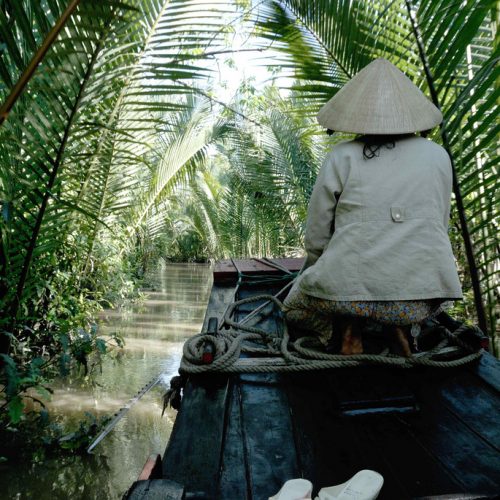
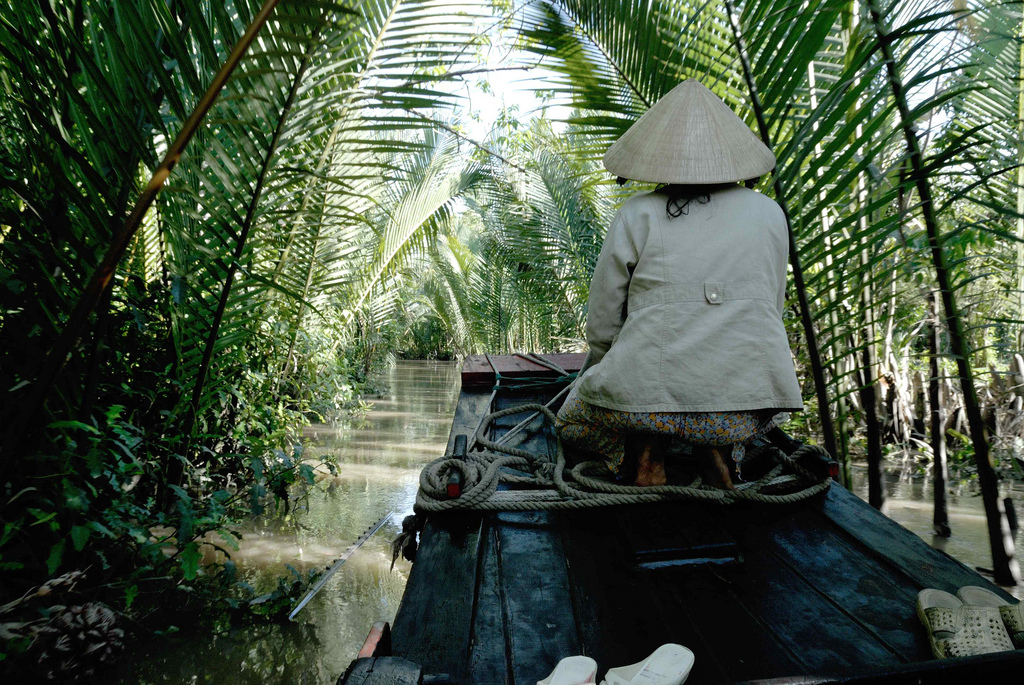

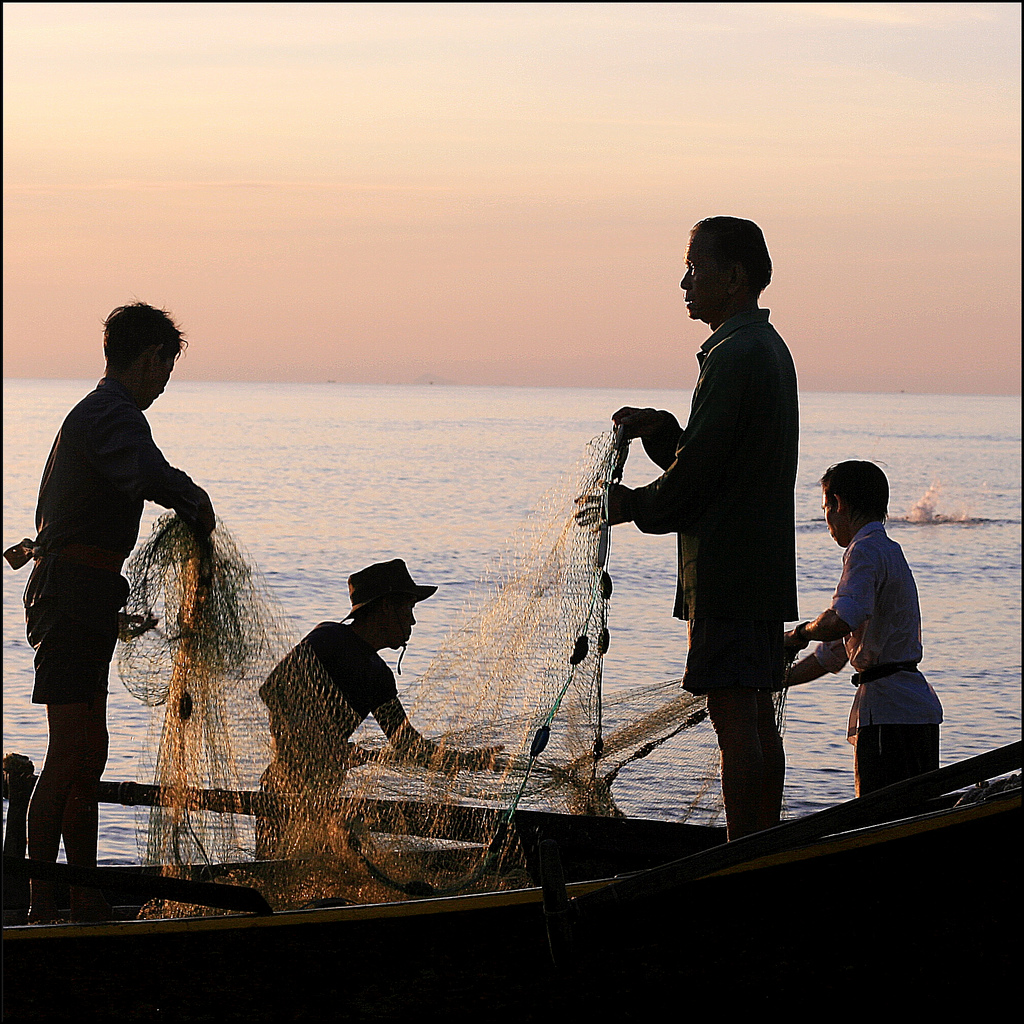
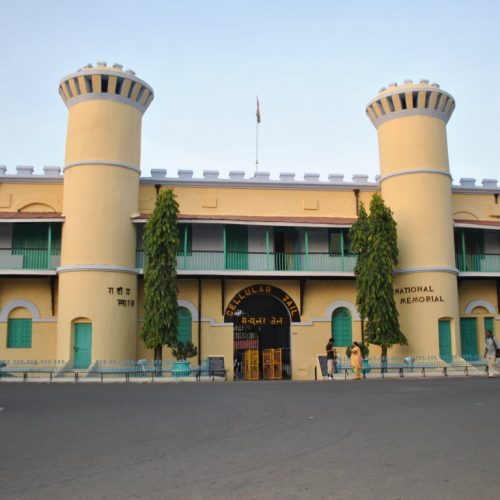
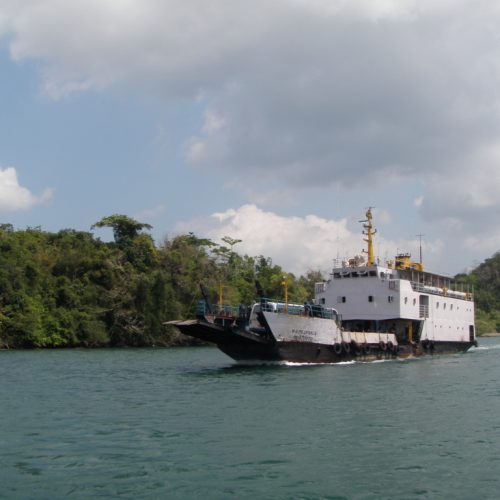
Reviews
There are no reviews yet.